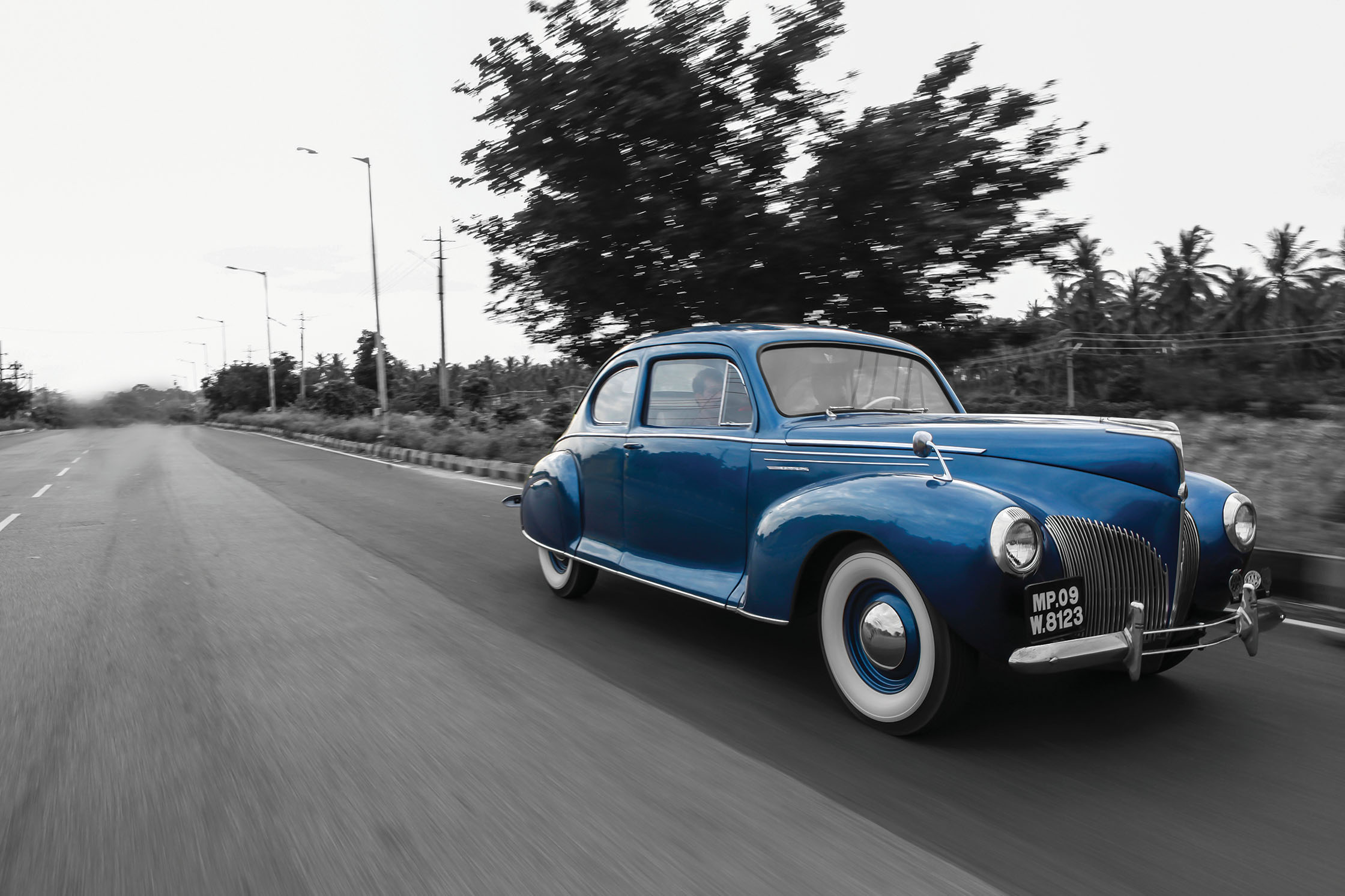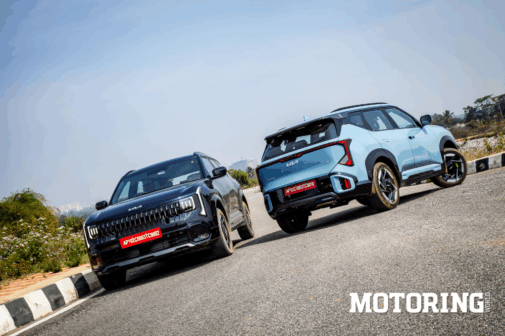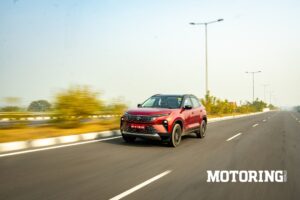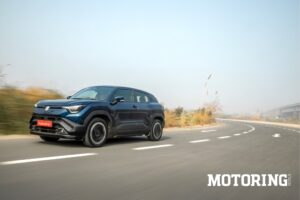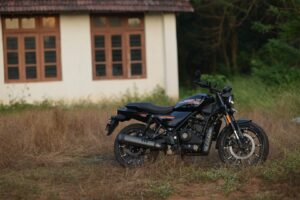There’s something about American cars that stirs the soul. For some, it is that flamboyant curvaceous styling and liberal application of chrome. Or perhaps the expansive cabin space on the inside and the ship-like proportions on the outside. For others, it is the massive powerplants that propel these land yachts down the road, each piston the size of a bucket. I, for one, am in it for the motors.
Which is why this Lincoln Zephyr, built in the early forties, held my attention like a tractor beam. Also the fact that Brough used these engines for their cars could have been another reason why the Zephyr’s motor got me gushing. Displacing a massive 4.4 litres, this V12 had its two six-cylinder banks sitting at 75 degrees from each other — to reduce the engine’s width — and made 110 horsepower on a good day. That might not sound like much from a gargantuan displacement, but this motor is all about the torque rather than power.

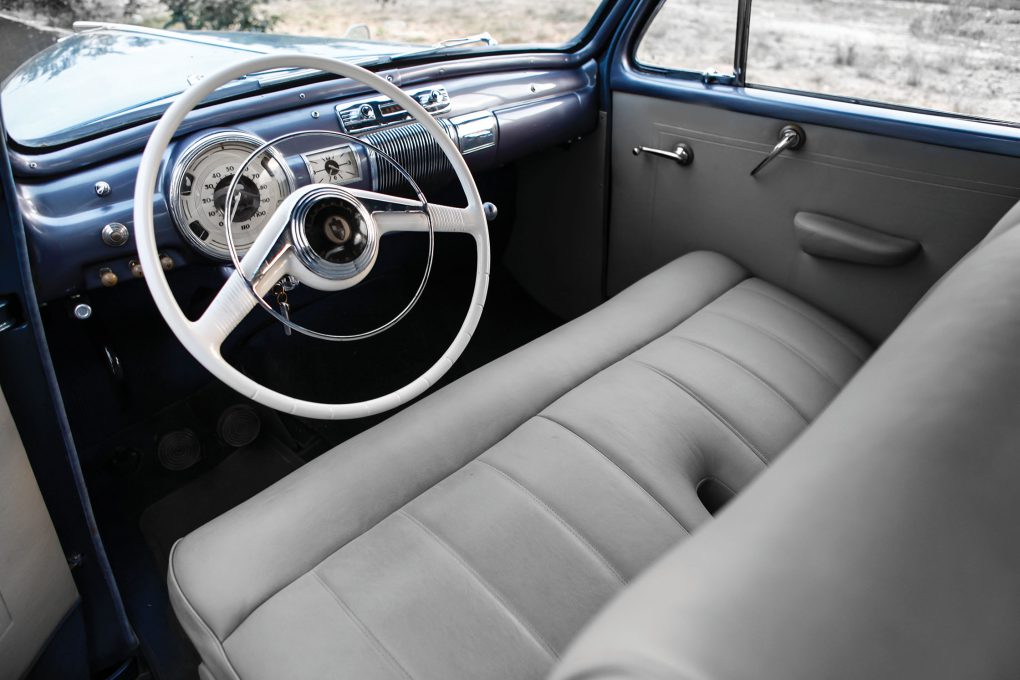
Companies developed engines to cope with all of these requirements by increasing their displacements and adding cylinders. Inline-fours grew to inline-sixes which in turn went on to become inline-eights. But packaging so many cylinders beneath the bonnet probably became an issue and V8s became the norm, in effect being half the length of an inline equivalent. To satiate the need for even more power, V8s grew into V12s and some marques even went on to produce V16s.
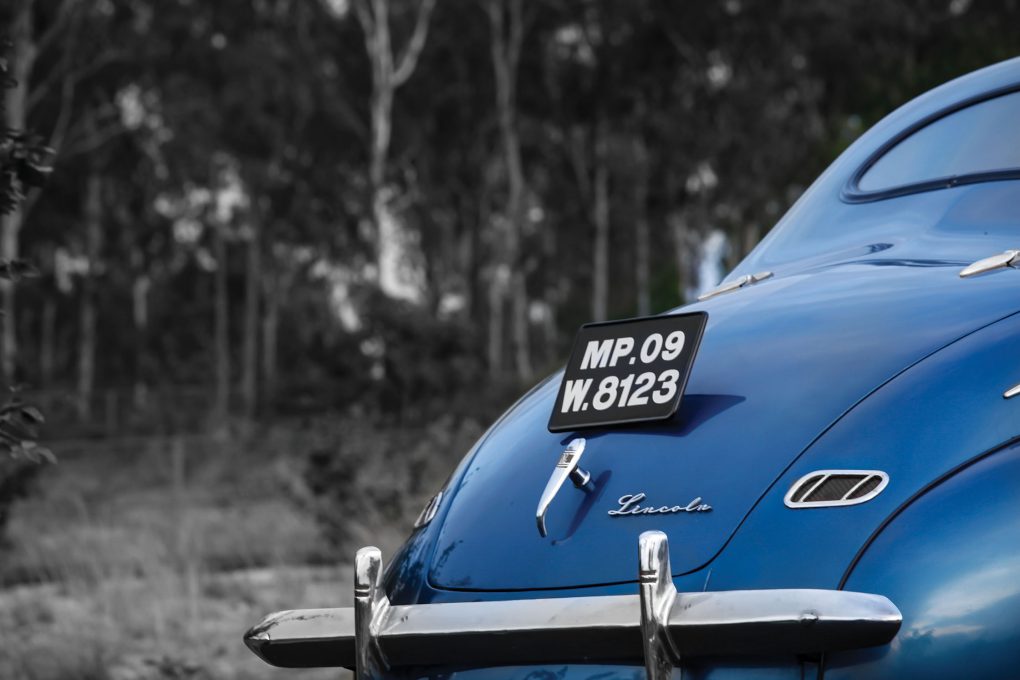
All that was in the past, but could this Lincoln Zephyr still stand its own in today’s traffic? I was about to find out when Rupali — the bubbly daughter of classic and vintage car aficionado and collector Dr Ravi Prakash — offered me a test drive of this beautiful specimen.

The first thing that hit me were the dimensions of this car. It is near-neverending, and mind you, this was the two-door coupe version and not the four-door sedan that is much more common (in a relative sense, obviously!) in India. As if driving this four-wheeled city block through Bangalore traffic wasn’t intimidating enough, the fact that this one is probably the only one of its kind in the country was added pressure that I honestly didn’t savour.
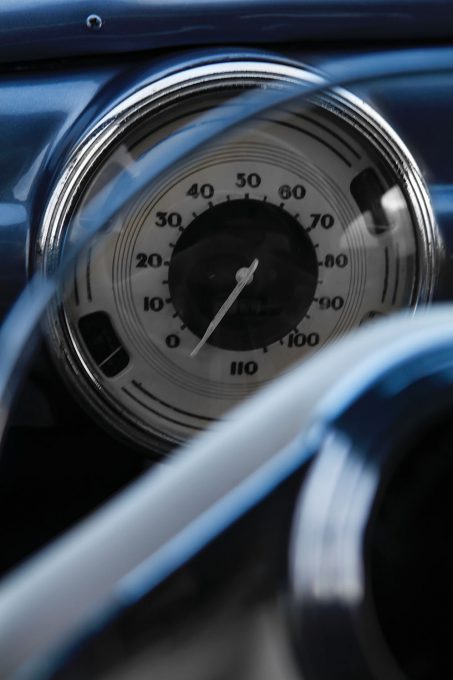
I have driven left-hand-drive cars in the past and so that was something that was vaguely familiar to me. What wasn’t, however, were the seats that simply envelope you the moment you sit on them. As I sank into the plush seat that is more a couch than anything else, I familiarised myself with the controls. Column-mounted gear lever on the left of the steering wheel, indicator stalks on the right. All along, Rupali sits unfazed at the rear, talking to a mechanic who is riding shotgun with me.
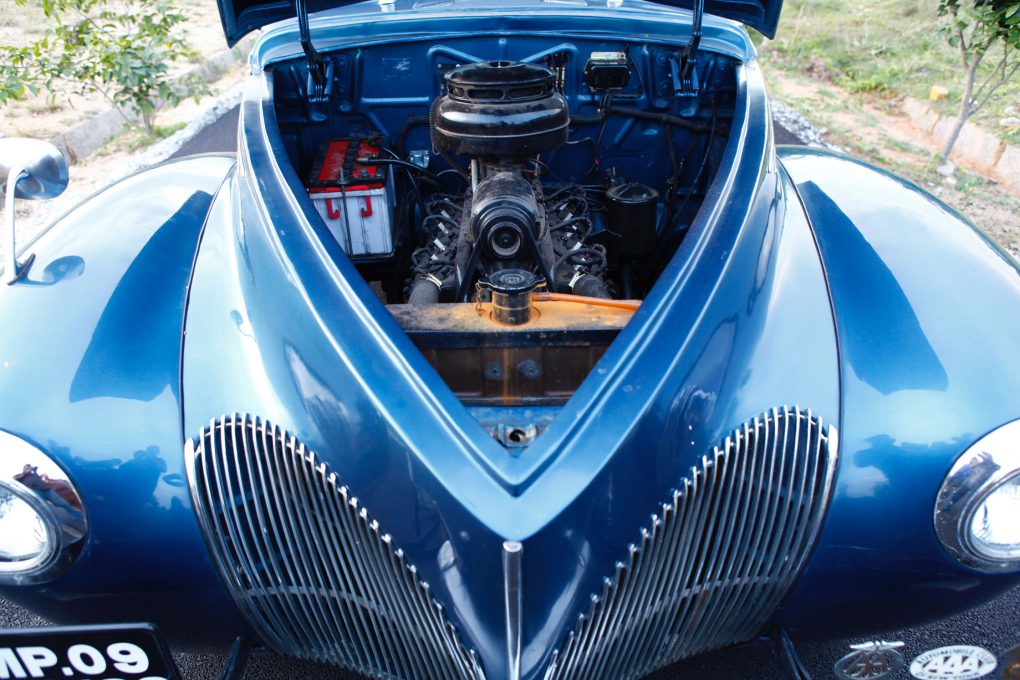

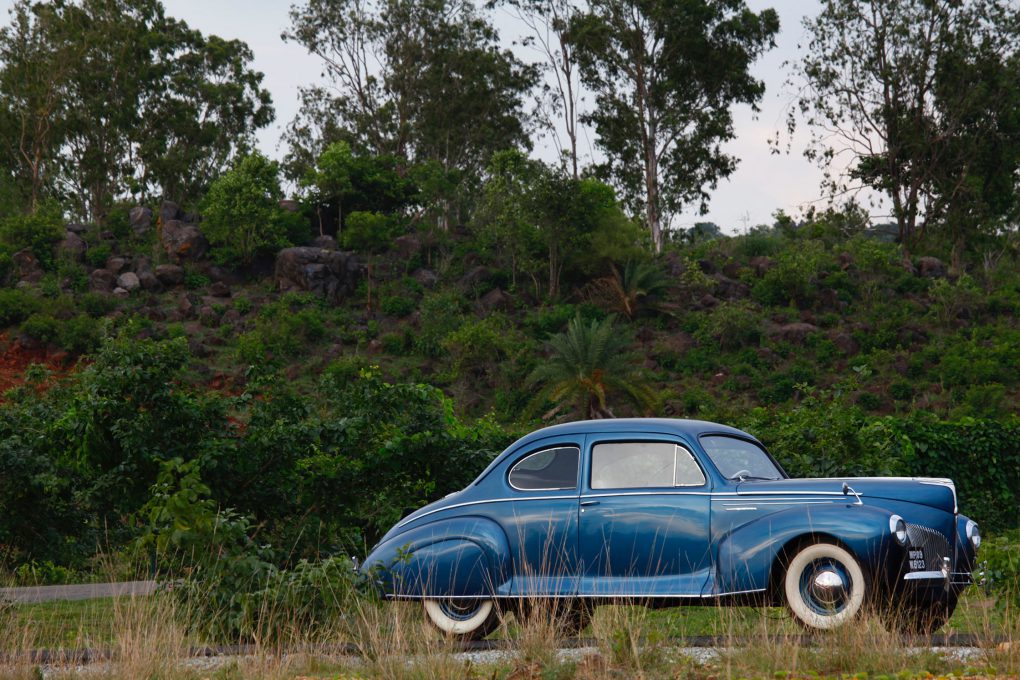
The brakes did seem to slow the car down but there was no concept of panic braking, just panic while braking. The behemoth did come to a stop, however, but one has to plan such manoeuvres well in advance. Too bad Lincoln didn’t see it fit to list a crystal ball as standard equipment.
What the Zephyr excelled in was the ride quality. The thing just rolled over potholes and expansion joints as if they didn’t even exist. The suspension — semi-elliptical leaf springs perched from a solid front axle and a live rear axle — soaked up everything the road threw at the car, and the little jolts that did make it past were completely eradicated by the plush seats.
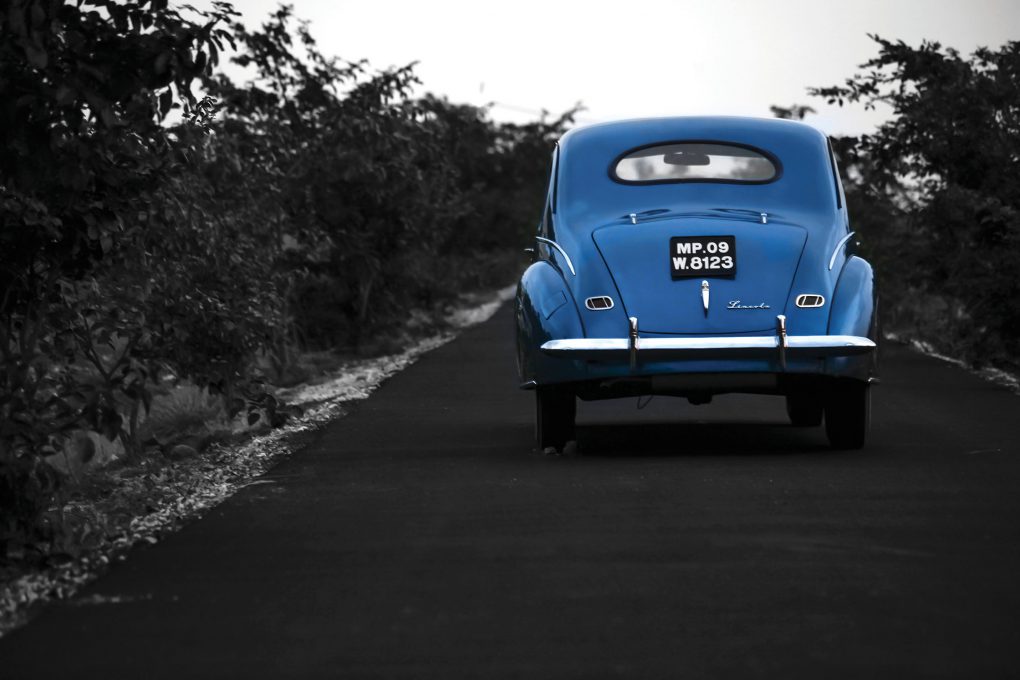
The Zephyr Coupe, for me, was pretty much what I had expected. And I had really high expectations, mind you. This is a massive car with cavernous interiors put into motion by a massive engine. Everything that makes an American car truly American. Seriously, what’s not to love!
A big thank you to Dr Ravi Prakash for allowing us to drive this beauty and a round of applause to Rupali for listening to our incessant babbling with a smile!





